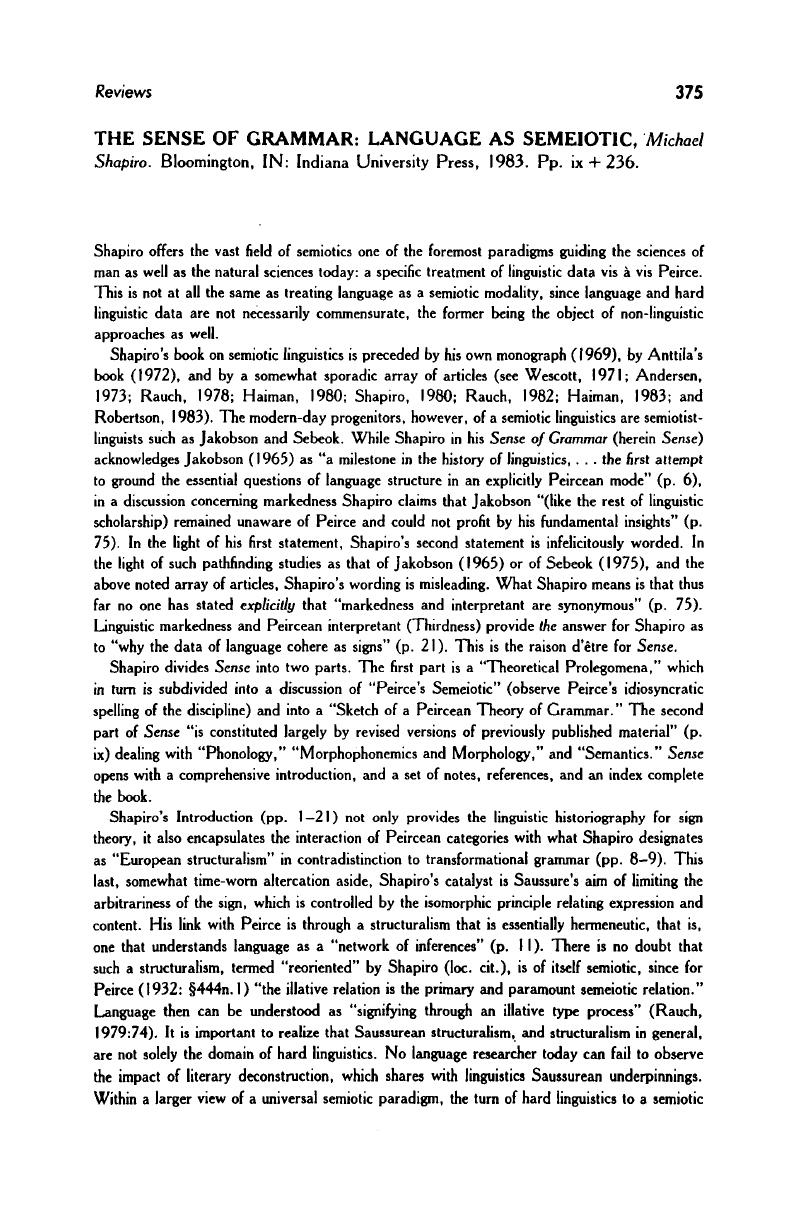Rauch, I. in press -a. How do Germanic linguistic data react to newer literary methods? In
Calder, D. &
Christy, C., (eds.),
Germania: Comparative studies in lhe Old Germanic languages and literatures.
Los Angeles:
UCLA Center for Medieval and Renaissance Studies.
Google Scholar 